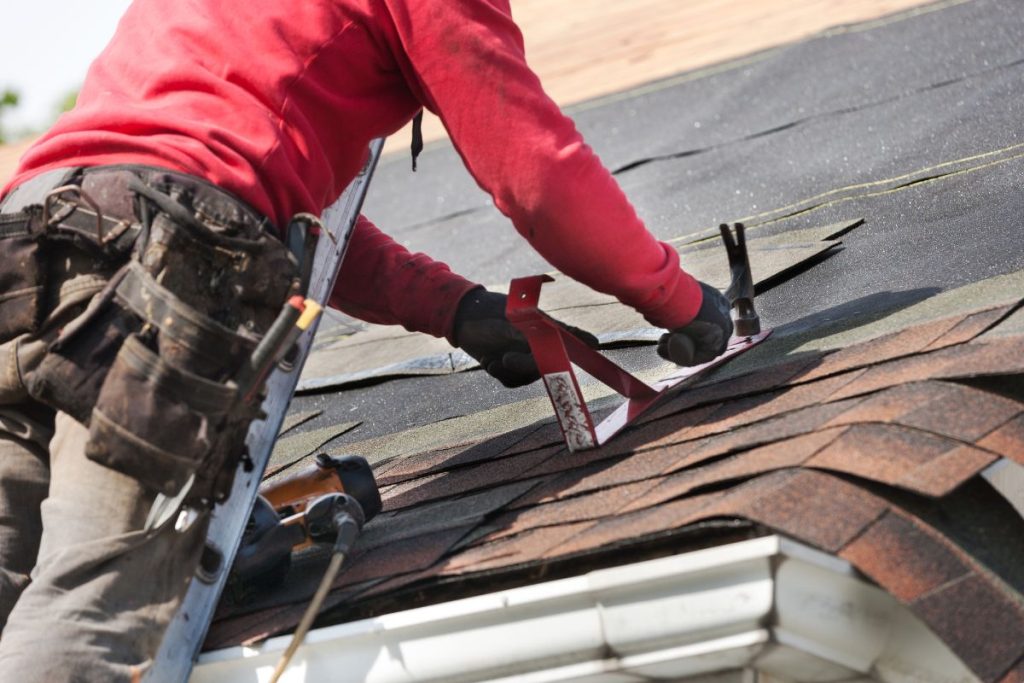Choosing the right roofing supplies is crucial not only for the aesthetic appeal of your home but also for its functionality and durability, especially in relation to your local climate. Different climates demand different qualities from roofing materials. From scorching heat to freezing cold, windy coasts to storm-prone regions, the right choice can significantly impact the longevity and performance of your roof. This blog delves into various roofing materials and discusses which are best suited for specific climatic conditions, helping you make an informed decision when purchasing roofing supplies.
Understanding the Impact of Climate on Roofing Materials
Gaining an understanding of how climate impacts roofing is crucial before delving into the characteristics of each material. The right roofing material is chosen based on a number of factors, including wind, sun exposure, precipitation, and temperature swings. Making the appropriate decision can prolong the life of your roof, improve energy efficiency, and lower maintenance expenses.
Roofing Materials and Climate Compatibility

1. Asphalt Shingles
Best for: moderate climates
Asphalt shingles are one of the most popular roofing supplies in North America due to their cost-effectiveness and ease of installation. They perform well in moderate climates but may deteriorate more quickly under extreme conditions. In regions with high temperatures, specially designed “cool roof” asphalt shingles are available, which reflect more sunlight than standard shingles, reducing cooling costs and improving indoor comfort.
2. Metal Roofing
Best for: All climates, especially areas prone to severe weather.
Metal roofing is an excellent choice for nearly any climate. Its durability, longevity, and fire resistance make it suitable for areas prone to wildfires. In snowy regions, metal roofs shed snow and ice quickly, preventing buildup and potential damage. For coastal areas, look for specially coated metal roofing designed to resist salt corrosion. Metal roofs are also energy-efficient, reflecting solar radiant heat, which can help reduce cooling costs in hot climates.
3. Clay and concrete tiles
Ideal for: hot, dry weather; works well along the shore.
Highly resilient clay and concrete tiles are perfect for hot, arid regions like the Southwest of the United States. Because of their thermal qualities, which reflect sunlight, houses stay colder. Furthermore, because of their resilience to high winds and salt, both materials are ideal for coastal areas. But because of their weight, they might need more structural support, so that’s something to keep in mind when planning.
4. Slate Roofing
Best for: cold and temperate climates
Slate roofing is prized for its natural appearance and incredible durability, with a lifespan of 100 years or more. It is especially effective in cold climates due to its resistance to freezing temperatures and snow. Slate is also fire-resistant and immune to rot, making it a superb option for areas with variable but generally mild weather. However, its weight and cost can be prohibitive, making it less common than more affordable materials.
5. Wood Shingles and Shakes
Best for: temperate climates
Wood shingles and shakes provide a natural aesthetic that many homeowners find appealing. They are best suited for temperate climates but require treatment to enhance fire resistance if used in fire-prone areas. Wood roofing can also be treated to prevent moisture-related problems such as mould and decay, making it more versatile in wet climates. Regular maintenance is more critical for wood roofing than for other materials.
6. Synthetic Roofing
Ideal for: Various climates, based on the particular product
Rubber, plastic, and polymer roofing are examples of synthetic roofing materials that mimic the appearance of natural materials like slate and wood while requiring less upkeep and offering greater longevity. Numerous synthetic roofing materials are designed to be impact-resistant, lightweight, and adaptable to a variety of conditions. For homeowners seeking a balance between expense, simplicity of upkeep, and appearance, they can be a great option.
Tips for Choosing the Right Roofing Material for Your Climate
1. Consult with Local Experts:
Speak with local roofing contractors who have firsthand experience with how different materials perform in your area’s climate.
2. Consider energy efficiency:
In climates with extreme temperatures, choosing roofing materials with better insulative properties or reflective capabilities can lead to significant energy savings.
3. Factors in Maintenance and Longevity:
Opt for materials that offer the best balance between upfront costs, maintenance needs, and expected lifespan. Investing a bit more initially can save money on repairs and replacements.
4. Check local building codes and HOA rules.
Some areas have specific building codes related to roofing materials, especially in regions prone to severe weather or wildfires. Additionally, homeowners’ associations may have restrictions on roofing materials or styles.
Selecting the right roofing material for your climate not only ensures that your home remains protected against the elements but also optimises its energy efficiency and enhances its overall value. Whether you live in a hot, cold, wet, or windy climate, there is a roofing material that is perfectly suited to your needs. By carefully considering these factors, you can make an informed decision that will benefit both your home and your wallet in the long run. Consulting with a roofing professional can help you navigate through the various options available and determine the best choice for your specific circumstances. Investing in high-quality roofing materials that meet both local regulations and your personal preferences will provide you with peace of mind, knowing that your home is well protected and looking its best.





















